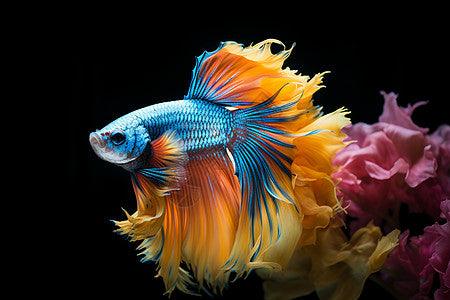Fishkeeping is an increasingly popular hobby that not only beautifies your home but also brings moments of tranquility to everyday life. This article provides a comprehensive guide for fishkeeping beginners, from setting up basic equipment to fish care, ensuring you can go further and steadier on your fishkeeping journey.
Step 1: Choose Your Aquarium
Size and Shape of the Aquarium
When choosing an aquarium, consider the type and number of fish you plan to keep. Generally, a larger aquarium is easier to maintain a stable water environment. Beginners might start with an aquarium of 30 liters or larger. The shape of the aquarium is also important; rectangular tanks are usually better for most fish as they provide more swimming space and more efficient oxygen exchange.
Material Selection
Aquariums are mainly made of glass or acrylic. Glass is more traditional, durable, and scratch-resistant, but heavier; acrylic is lighter but more prone to scratches. The choice of material depends on personal preference and budget.
Step 2: Install Filtration and Heating Systems
Filtration System
A good filtration system is essential for maintaining water quality. There are three main types of filtration: mechanical, biological, and chemical. Beginners might choose internal filters or hang-on-back (HOB) filters, as they are easy to install and effective.
Heater
If you decide to keep tropical fish, a reliable heater is necessary. Choose a heater with the appropriate power for the size of your aquarium to ensure even and stable water temperatures.
Step 3: Prepare the Aquarium
Substrate and Decorations
Substrate not only adds aesthetic value but also aids in biological filtration. You can choose fine sand or small pebbles. Additionally, adding some aquatic plants and decorations can provide hiding spots, making the fish feel more secure.
Water Conditioning
Before filling the aquarium, use water conditioners to remove chlorine from tap water and adjust the water's hardness and pH to suit the fish species you choose.
Step 4: Select and Add Fish
Choosing Suitable Fish Species
For beginners, it's recommended to choose hardy fish that are less demanding on water quality, such as guppies, swordtails, or cichlids. Research the characteristics of the fish species you are interested in to ensure they can coexist peacefully with others.
Acclimating Fish to the Aquarium
Before adding fish to the aquarium, float their bag on the surface of the aquarium water for a while to allow the water temperature in the bag to gradually match that of the aquarium. Then slowly add some aquarium water to the bag to let the fish gradually adapt to the new water conditions.
Step 5: Routine Maintenance and Care
Feeding
Feed regularly, 1-2 times a day, with the amount that the fish can consume in a few minutes. Be careful not to overfeed, as it could affect water quality.
Regular Cleaning
Test the water quality weekly, change a portion of the water monthly (typically 20%-30% of the total aquarium volume), and clean the filter and the inside of the aquarium regularly.
Monitoring Fish Health
Keep an eye on the behavior and condition of the fish. If you notice any abnormalities, promptly identify the cause and address it.
Fishkeeping requires patience and attentiveness, but as you gain experience, you will increasingly enjoy the pleasures it brings. We hope this guide helps you successfully start your journey in fishkeeping!
We have some product recommendations from Petfection Corner, click here to start your way to fish farming!

